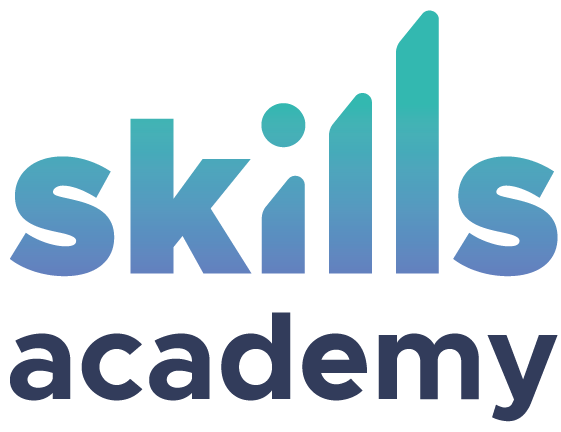Candidates for this exam are Microsoft Teams administrators who manage Microsoft Teams to facilitate efficient and effective collaboration and communication in a Microsoft 365 environment. Candidates for this exam must be able to plan, deploy, configure, and secure Teams chat, apps, channels, meetings, audio/video conferencing, live events, calling, and Microsoft Teams-certified devices. Candidates should have experience integrating Microsoft Teams with other workloads, including SharePoint, OneDrive, Exchange, Microsoft 365 Groups, Power Platform, and with other Microsoft apps, third-party apps, and custom apps. A Microsoft Teams administrator also collaborates other functions, such as networking, telephony, licensing, security, compliance, user adoption, app development, and support. You may be eligible for ACE college credit if you pass this certification exam. See ACE college credit for certification exams for details. Important The English language version of this exam will be updated on August 1, 2022. Please download the skills measured document below to see what’s changing. If a localized version of this exam is available, it will be updated approximately eight weeks after this date. Passing score: 700. Learn more about exam scores.
Login
Accessing this course requires a login. Please enter your credentials below!
